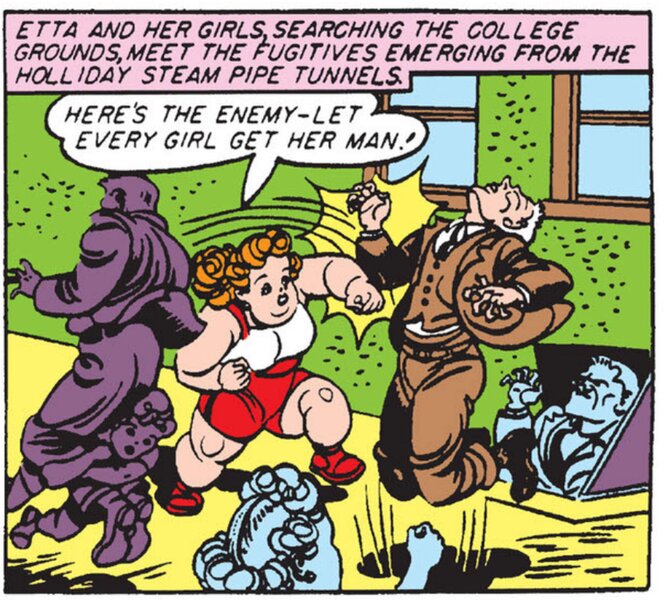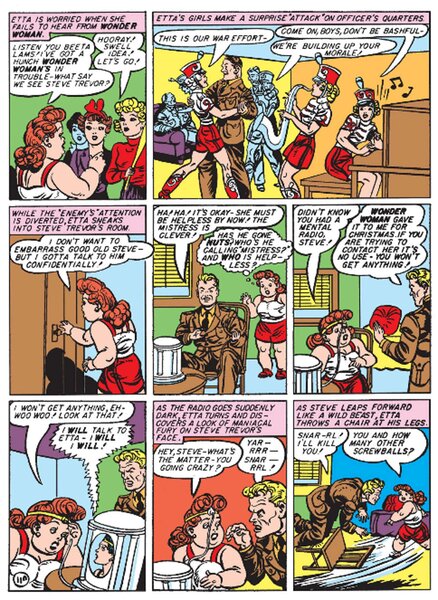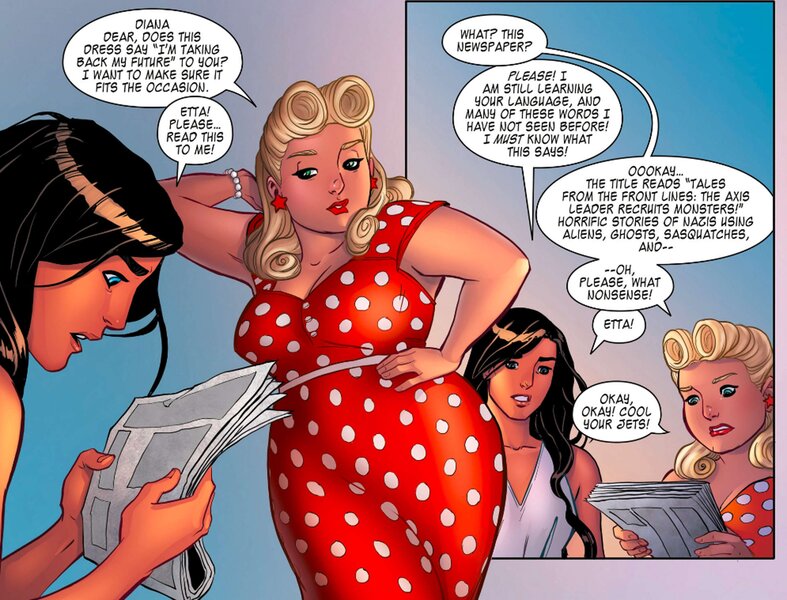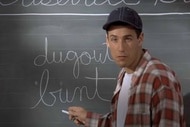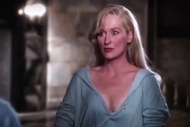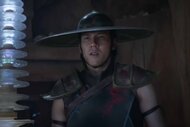Create a free profile to get unlimited access to exclusive videos, sweepstakes, and more!
Etta Candy, beloved queer icon
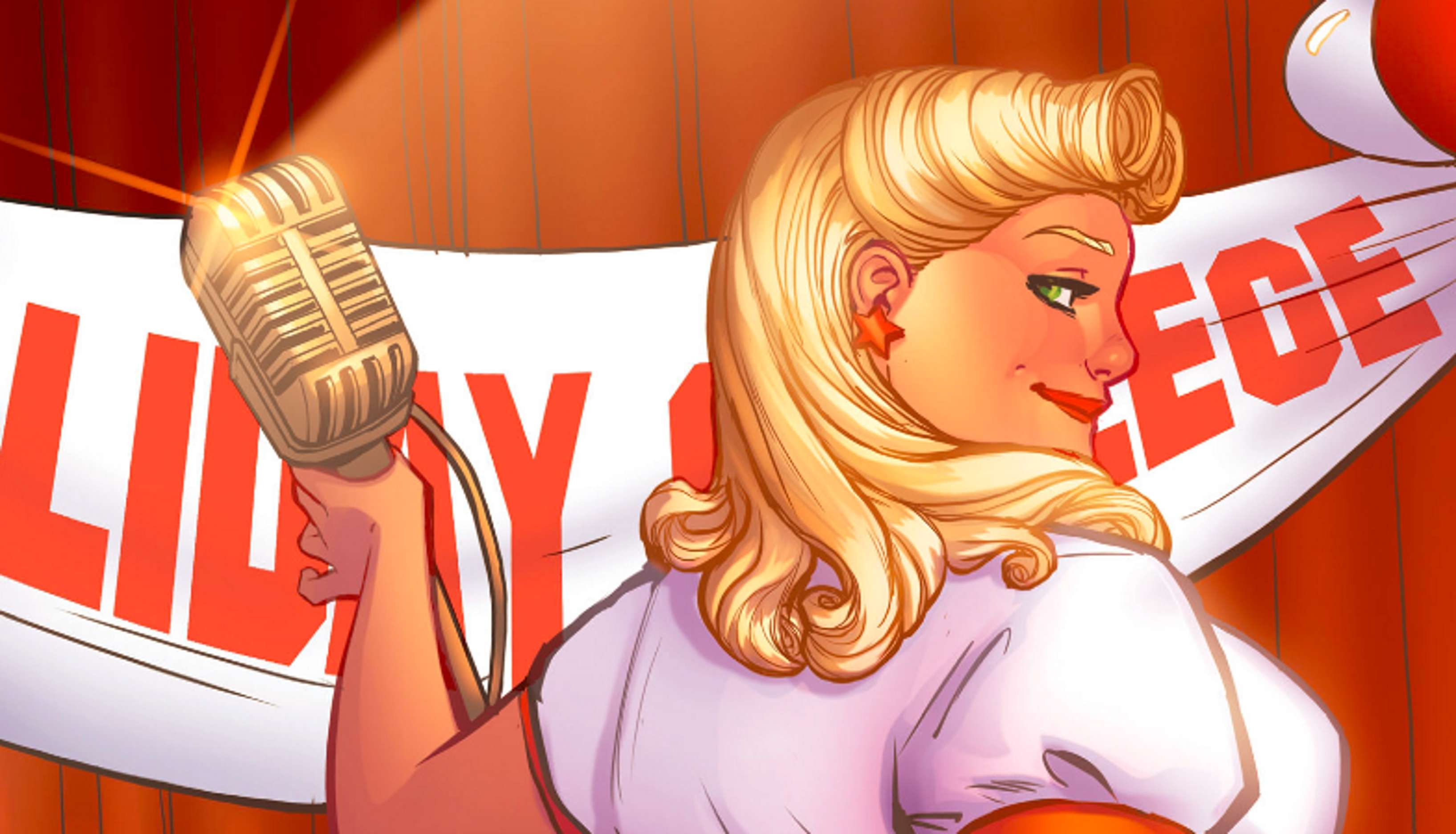
Etta Candy just doesn’t get the respect she deserves. This is a character who’s been around almost as long as Lois Lane, and she’s had just about as many ups and downs as our intrepid reporter when it comes to her on-the-page characterization. She was Wonder Woman’s constant companion in the Golden Age, dropped off significantly in the Silver and Bronze Ages, and has struggled to find proper footing ever since, with the exception of a handful of stellar appearances.
The dissolution of the strong bond that Etta and Diana shared back in the Silver Age, unfortunately, played a part in a lapse of quality for Wonder Woman comics overall for many years. Even now, with big-name creators reimagining central concepts in the Wonder Woman mythos, Etta Candy’s radical presence is sorely needed and often all-too-tangibly absent. Let’s face it: This queer, body-positive rabble-rouser is beyond important to Wonder Woman’s history, and she deserves a little credit.
Etta in the Golden Age
Wonder Woman’s complicated feminist history has been the subject of a lot of ongoing conversation, as it should be. The pressure the comic put on itself to be a good example of feminism just by virtue of being one of the only even remotely explicitly feminist texts in superhero comics might have been a little too much responsibility for male writers of decades gone by to handle. This is all to say, mistakes have been made. Yet, one place where Wonder Woman went right even all the way back in the very beginning was Etta Candy.
Etta is the head of the Beeta Lambda sorority at Holliday, a women’s college. Her sisters in the sorority are known as the Holliday Girls, and many of them have been minor recurring characters throughout Wonder Woman’s history. Etta and the Holliday Girls regularly back Diana up in her missions against villains like Doctor Poison.
Etta herself is a revelation. She is not the typical body type for a superhero sidekick of the 1940s, but she completely owns her sex appeal in a way that was not just rare, but unheard of in comics of the time. She’s bold and brave, and constantly has Diana’s back. She’s honest and helpful, and she makes Diana laugh. There is no other character in the early days that Diana can completely relax and be herself around to the extent she can with Etta, and Etta’s boisterous yet sensitive enthusiasm fuels those early stories.
There is no improving upon Etta Candy of the Golden Age. That’s a concept that emerged fully formed, like Aphrodite rising out of the ocean in Sandro Botticelli’s The Birth of Venus. This is a person who attends a women’s college and shows up in cowboy boots and shorts to beat up henchmen for her best friend on a regular basis, so that’s about as good as life gets, folks.
Etta’s Awful, No Good, Very Bad Several Decades
When Robert Kanigher came on board for the Wonder Woman series, first as a writer and later as an editor, he made a lot of changes to the cast and tone. The comic moved away from William Moulton Marsten’s original feminist utopia toward staunchly heteronormative standards. This is partially due to the political climate of the time. Not long before, during the Seduction of the Innocent scandal that nearly destroyed comics, Wonder Woman had been accused by a child psychologist of encouraging lesbianism (just because it’s true doesn’t mean they deserved to be accused of it). The comic needed to change to stay in publication, which made it all too easy for Wonder Woman to be steered out of subversive empowerment and fully into boring, gendered tropes of the time.
Perhaps none suffered from this change in direction so much as Etta, who reappeared as a much thinner and more conventionally attractive girl, comparatively weakly characterized, and unable to speak an entire sentence without saying the word “candy.” The Holliday Girls were more or less relegated to the sidelines, and they’ve made fairly sparse appearances in the comics since. Even after Etta was reintroduced in the 1980s when much of Diana’s Amazonian supporting cast was rejuvenated and her connections with women became more essential, Etta was still more reserved, less dynamic, and mostly squandered with few exceptions.
Etta was married to Steve Trevor for whatever reason, and they both skirted the edges of Diana’s life for several years. Once empowered and comfortable with her body, Etta’s story arcs often dealt with eating too much or too little, or she would appear in various media incarnations as a thin woman with no commentary on her once excellent history of body positivity or the fat-shaming that occurred thereafter. Gail Simone’s Wonder Woman run did a lot for Etta by bringing her back as a major player and making her a no-nonsense intelligence officer, but the infectious laughter and enthusiasm of the original take often felt like a distant memory.
However, alternate reality takes have occasionally knocked it out of the park with our underrated Etta. In Grant Morrison’s Wonder Woman Earth One, Etta becomes fast friends with Diana. When the Amazons refuse to accept her open-heartedly because they judge her by her size, she doesn’t hesitate to put them in their place. Meanwhile, in The Legend of Wonder Woman, Etta’s classic persona of a fun, witty, scathing-but-tender best friend to Diana reemerged. Again, Etta was in charge of the Holliday Girls, but now they were a girl group with amazing outfits. She helps Diana, but she’s an even more prominent character than in the Golden Age.
More recently, Etta Candy has been portrayed as an openly queer Black woman and a Commander who works alongside Steve Trevor, not for him. She even had a tragic romance with Barbara Ann Minerva, aka the longtime Wonder Woman villain Cheetah. While some of her larger-than-life characteristics have been toned down and she still doesn’t have enough page space dedicated to her, it’s still nice to see an Etta who is at peace with herself again. For a queer icon who spent decades in Limbo, we’ll take what we can get, but it still must be said that Wonder Woman truly thrives in her friendship with Etta. We’ll keep our fingers crossed for more going forward.
The views and opinions expressed in this article are the author's, and do not necessarily reflect those of SYFY WIRE, SYFY, or NBC Universal.
